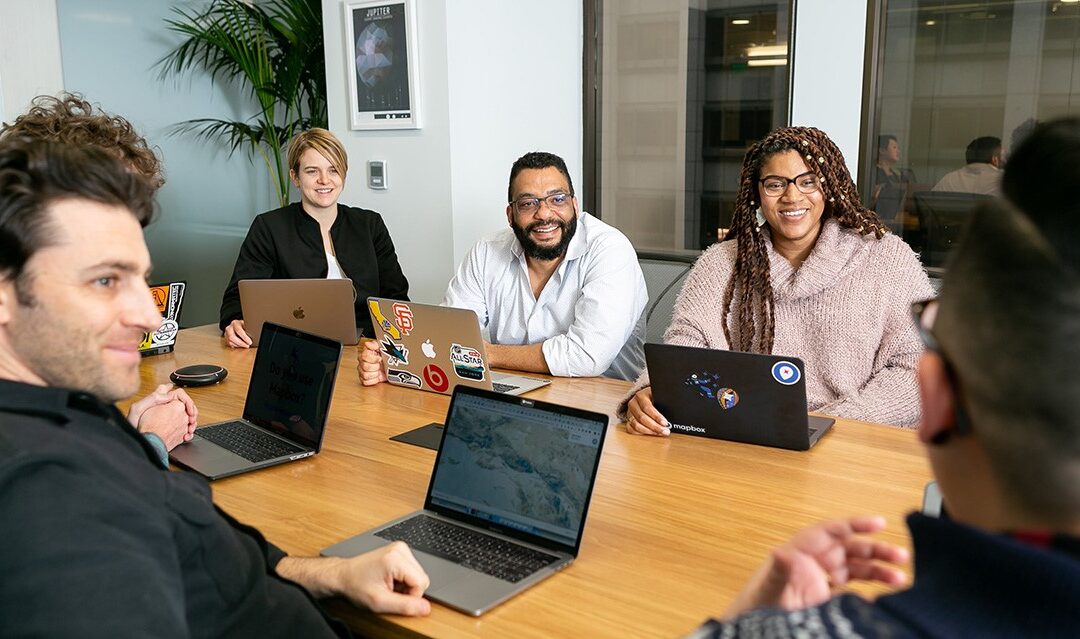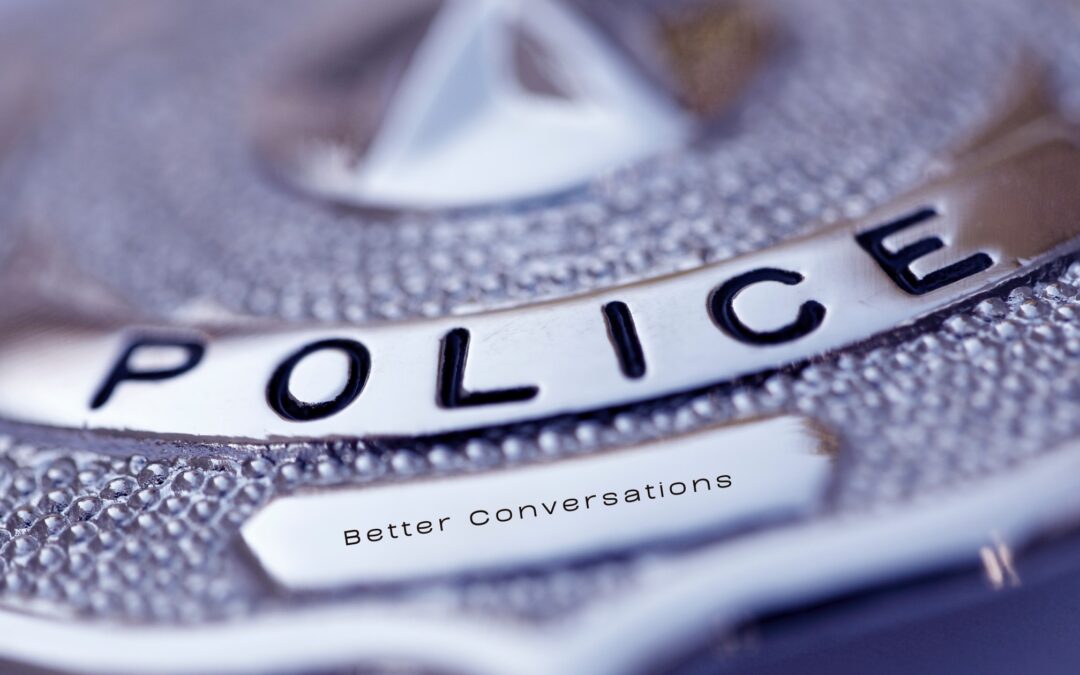“People keep turning our meeting into a political debate. No one is listening to anyone,” said Lillian, a middle manager. She asked, “I want to facilitate a discussion where everyone feels included and we all learn from one another. Is that even possible?”
“Absolutely,” I said, “No one needs to railroad people and no one needs to feel left out or pushed out. While you can’t control others’ behavior, you can provide the structure to maximize group engagement and care for each team member. Do you want me to suggest a structure you can try?”
Lillian said, “Yes, please.”
The structure
The structure provides the space for everyone to slow down and shift mindless reaction to thoughtful response. The structure includes:
- Background information
- Communication guidelines
- Steps for implementation
Background information
Even when people are conscious of cultural differences, unconscious assumptions can kick in even before we realize it and block communication. For example, studies show both men and women are more likely to interrupt and talk over girls and women than they are over boys and men. Since this is true even in scripted television shows and movies, we need to be aware of the impact unconscious practices can have in group settings.(1)
It’s not only happening to women, however.
It may be helpful to know that people from any historically marginalized group, women, people of color and those who are differently abled, may hesitate to speak up for fear of retaliation, misrepresentation, social isolation or job loss, even when they’re asked to speak up.
Being alert to this is especially important for those of us who are part of the dominant culture. In the U.S., people of dominant culture can inadvertently make ourselves the center of the conversation, interrupt others and offer unsolicited solutions. We can come across as the knowers rather than the learners and the speakers rather than the listeners, blocking genuine engagement for the whole group in general and people of historically marginalized groups in particular. Being aware of and alert to our own and other people’s context, allows us to adapt our words and actions to show genuine respect for our own and their circumstances. This is cultural intelligence in action.
To counter dominant culture tendencies so that everyone has the opportunity to speak up, we can intentionally set in motion new guidelines for speech and behavior. That way, we won’t miss valuable front-line input because of one-way communication habits. Here are some guidelines we can use:
Communication guidelines
- Affirm another’s experience, whether or not your experience is the same.
- Listen actively – hear the person out
- Check the impact of your words rather than explaining your intent.
- Honor confidentiality.
- Share airtime and let the person finish talking.
- Speak from my own experience – use “I” statements
- Say “Ouch” if you’ve been hurt.
- Say “Oops” if you mess up.
- Express curiosity and wonder with gentle questions.
Steps for implementation
As the leader, say: “Because everyone’s ideas are important to the group dynamics, we’re putting in place Communication Guidelines.” You can also explain that because these guidelines are not necessarily intuitive and may run counter to some people’s culture, it can be initially uncomfortable for some participants to speak and act this way. But with practice the awkwardness will pass. As the guidelines become the new norm, the upside is, everyone will feel more valued, heard and seen. A genuine authenticity among the group members can show up, along with ever greater engagement and collaboration. Here are some steps you can now take:
- Post the Communication Guidelines and ensure everyone has their own copy.
- Ask someone to read them aloud.
- Review each guideline and ask for examples of what each one might sound like.
- Begin your discussion by asking an open-ended question, such as: “What are the needs?” or “Who does this work impact?”
- Express appreciation out loud regularly (especially at first) when someone uses a guideline.
Conclusion
The leader whose discussion kept dissolving into politics called back to tell me how well her next meeting went. She was thrilled that, as she introduced and gently enforced the Guidelines, no one railroaded the conversation. Everyone stayed on topic. Participants allowed each other to finish their ideas and affirmed one another’s experiences – even if they didn’t agree. She said, “Now, rather than dreading the next meeting, I can’t wait to get back to the group and keep the conversation rolling.”
Engagement, productivity and collaboration all get dinged when conversations take a bad turn. To get from workplace drama and factions to collaborating teams, we can set in motion a new norm, a culturally intelligent system for communication. This allows leaders to gain the full strengths of their diverse workforce and build organic collaboration and retention because people feel valued, seen and heard. How people feel is essential to growing productivity, engagement and collaboration in any organization. -Amy Narishkin, PhD
So often people just don’t have the language or skills to talk and work with people who seem different. Self-study can be a great way to get started. Click to learn more about Empowering Partners’ new online self-study course: Awkward to Awesome: Boost Productivity, Diversity and Collaboration with Cultural Intelligence.
References:
- Chemaly, S. (2018). Rage Becomes Her. New York: Atria Books
- Distefano, J. & Mazevski, M. (2012). “Creating Value with Diverse Teams in Global Management.” Organizational Dynamics: https://psycnet.apa.org/record/2000-02735-004
- Hunt, V., Prince, S., Dixon-Fyle, S. & Yee, L (2017) Delivering Through Diversity. New York: McKinsey & Co.


